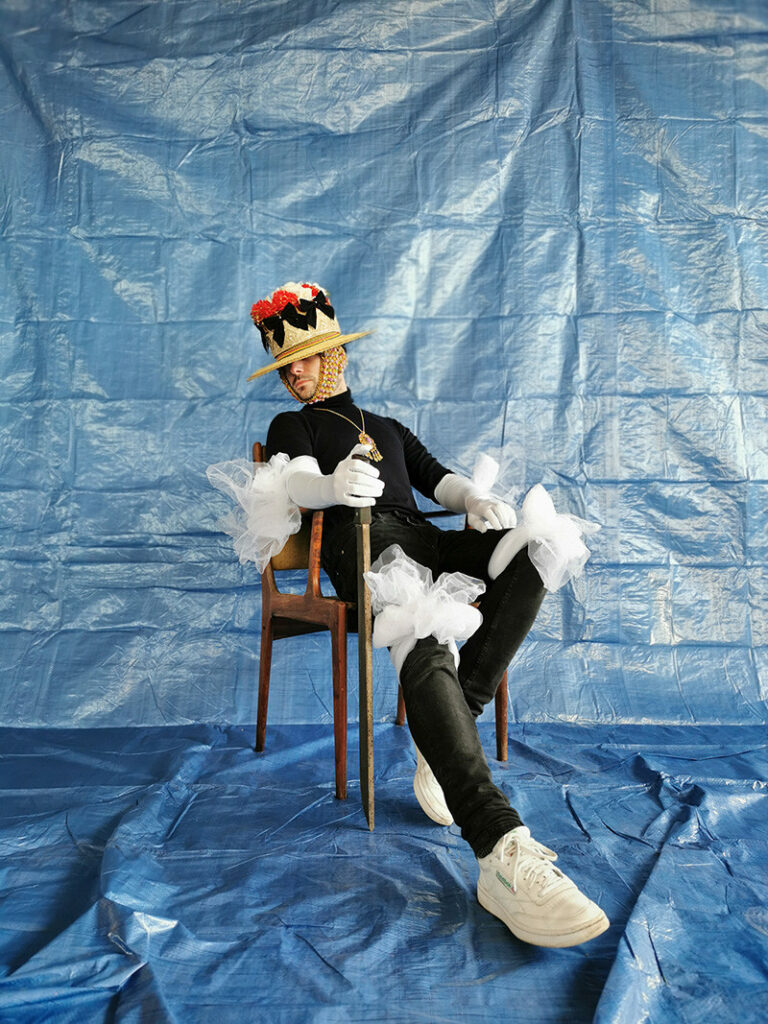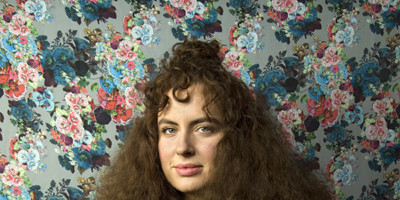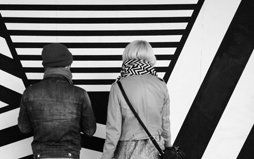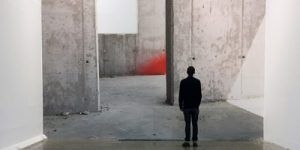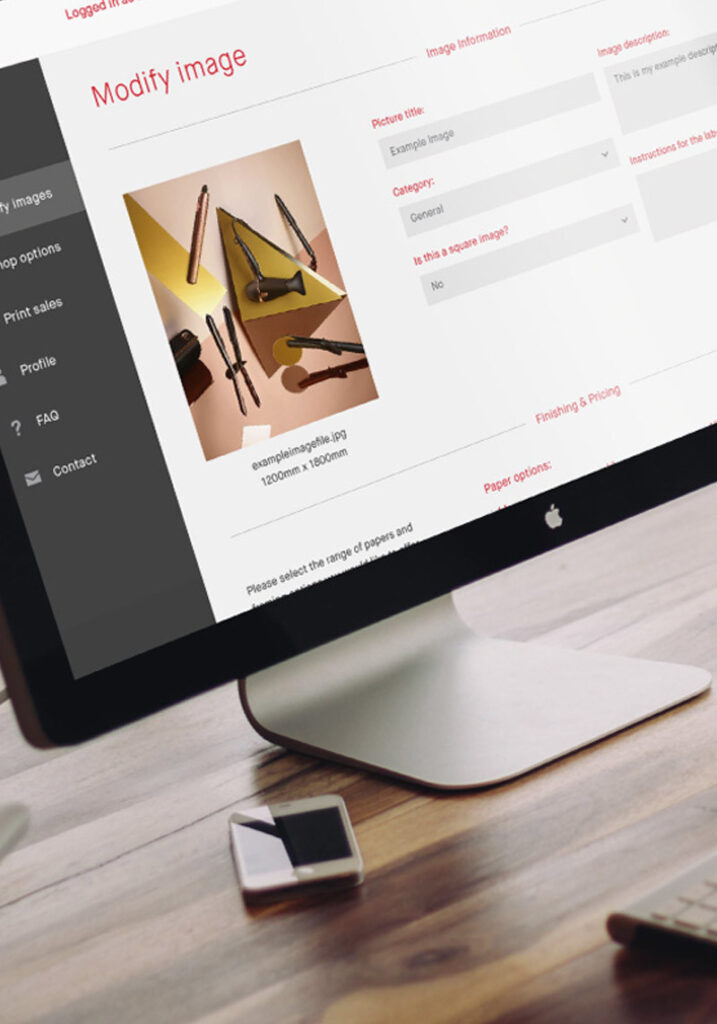Studio Lenca is the working title for this year’s Brighton Photo Fringe Open SOLO award winner José Campos. The quality of submissions this year was very high and José is a worthy winner who uses a multi-disciplinary approach in his practice; incorporating photography, dance and audio visual performance. I took the opportunity to ask him a few questions about his practice and his journey through the arts.
The full series of work together with all of the festival exhibitions, workshops and events can be found at the Photofringe.org website.
Congratulations on winning this year’s SOLO award, can you tell me what winning the award means to you and how you intend utilise the opportunity in the current climate, especially as we are having to adapt to online exhibiting?
The greatest thing about winning the award is the visibility it brings to my series ‘Los Historiantes’. In the US and in El Salvador I have an audience that engages with the work I do but the award has given me the opportunity to share it with a UK audience on a greater platform. This also means that I am contributing to the narrative of Latinx people in the UK, which is rarely visible. Salvadoran people live all over the world so I am always thinking about how to connect with them. Working digitally means that I can collaborate with them and they can engage with the work I do. Due to the pandemic we have recently seen a shift in how we engage with each other. Salvadoran people have had to be apart from their families and loved ones since the late 80’s when we fled the country’s civil war.
José, Studio Lenca is the working title for your practice, can you please explain where the name comes from and how it relates in context to your work?
I like the term ‘Studio’ because I used to be a ballet dancer. The studio was an empty space where I could use my body to think. Since then I have experienced the studio in different ways, the art studio, the photographic studio the fashion studio and so on. It’s a place for experimentation. It’s also a place for people to create together, which is an integral part of my practice. Lenca refers to the indigenous people that lived in El Salvador prior to the Spanish colonisation of El Salvador.
Having to flee the El Salvador civil war in the 1980’s and subsequently living in the USA as part of the Latinx diaspora sounds incredibly challenging – you return creatively to El Salvador and draw inspiration from folk cultures for much of your work and particular Los Histiorantes to highlight important issues about colonialism and postcolonial trauma.
Yes. There is so much public discourse that constructs our identity as Salvadoran people. Especially in the US. I want to disrupt this with the work I do. I want to imagine a new collective future in which we free ourselves from the thought that Salvadoran people are only gang members and illegal immigrants. Were much more than that. I also tend to think about the effect that colonisation is having on Salvadoran people now. It’s a sort of postcolonial intergenerational trauma.
You came to photography and performance after a career in dance – how much has this beginning influenced your multi-disciplinary approach to your practice?
I didn’t feel comfortable identifying solely as a dancer. I didn’t feel comfortable working solely as a choreographer. I think my issue with these labels were that they came with parameters and conventions that I needed to adhere to. I quickly found myself working in multi-disciplinary ways as its more exciting and relevant to the issues I tackle. I’m interested in trying to be honest in my work and eliminating invention. Working as dancer taught me to trust my body and create work accordingly.
We often ask interviewee’s what is the best advice you’ve been given – but what is the best advice you could give anyone starting out in a creative career?
The best advice that was given to me was ‘ lean into the discomfort’ by a ballet teacher.
The best advice I can give is ‘ there are no rules’ .
